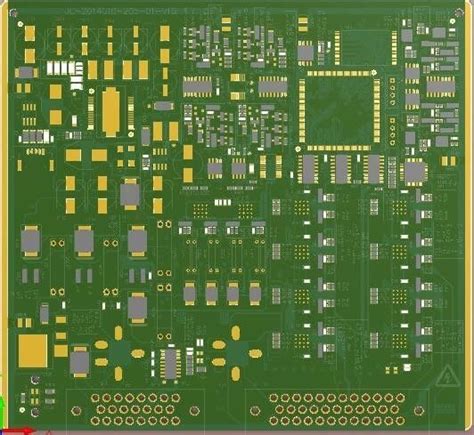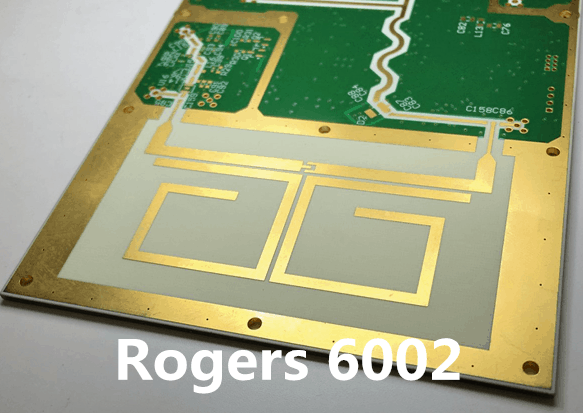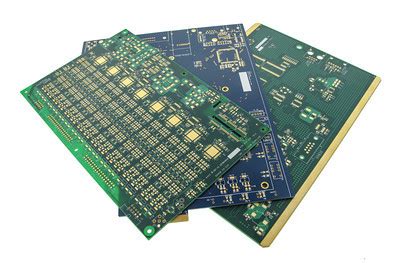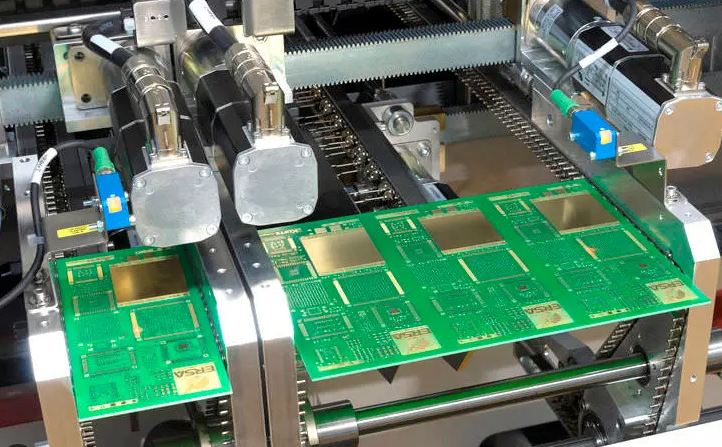4 layer pcb prototype
Key steps and considerations to know for 4-layer PCB design
It is crucial to understand the key steps and considerations when designing a 4-layer PCB prototype.
Clarify the functions and requirements of the circuit board
First, the designer needs to clarify the functions and requirements of the circuit board. This includes determining the basic parameters such as the size, number of layers, materials, and electrical performance of the circuit board. Through a detailed demand analysis, it is possible to ensure that the initial direction of the design is correct, thereby avoiding subsequent rework and modifications.

Perform schematic design
Next, the designer should perform schematic design. This step is the basis of the entire PCB design, and all electrical connections and component layouts are determined at this stage. The schematic design needs to be accurate and error-free, because any errors will be magnified in the subsequent PCB layout. To ensure accuracy, the designer should check the schematic repeatedly and verify it with simulation tools.
PCB layout
After completing the schematic design, enter the PCB layout stage. A 4-layer PCB usually includes a top layer, a bottom layer, and two inner layers. The top and bottom layers are mainly used to place components and traces, while the inner layers are used for the distribution of power and ground lines. Reasonable layer allocation can effectively reduce electromagnetic interference and improve the performance of the circuit board. During the layout process, designers should pay attention to the placement of components to ensure the shortest signal path and reduce signal delay and interference.

Design power and ground lines
In addition, the design of power and ground lines is also a key link in 4-layer PCB design. Usually, the power and ground lines are placed on the inner layer to form a complete power and ground plane. This design can effectively reduce power noise and ground resistance and improve the stability and reliability of the circuit board. At the same time, designers should pay attention to the segmentation of power and ground lines to avoid mutual interference between power lines of different voltages.
Check DRC
After completing the PCB layout, designers need to perform a detailed design rule check (DRC). DRC can help find potential problems in the design, such as insufficient routing spacing, inappropriate via size, etc. Through DRC checking, it can be ensured that the design meets the manufacturing process requirements and reduce problems in production.
Finally, designers should perform electrical performance simulation and testing. Through simulation tools, problems in the actual work of the circuit board, such as signal integrity, thermal management, etc., can be discovered in advance. The simulation results can guide designers to make necessary adjustments and optimizations to ensure that the final 4-layer PCB prototype can meet the expected performance requirements.

In summary, 4-layer PCB prototype design is a complex and delicate process, which requires designers to maintain a high degree of attention and rigorous attitude in every link. Through clear requirements, precise design, reasonable layout, strict inspection and sufficient testing, it can ensure that the final PCB prototype has excellent performance and reliability.
Key factors for choosing a 4-layer pcb manufacturer
When choosing a 4-layer PCB manufacturer, it is crucial to understand some key factors.
First, the manufacturer’s technical capabilities and equipment level are the core elements that determine its production quality.
Advanced equipment and technology can not only improve production efficiency, but also ensure the accuracy and consistency of products. Therefore, it is wise to choose a manufacturer with modern production lines and high-end testing equipment.

Next, the manufacturer’s experience and expertise are equally important.
Experienced manufacturers are usually able to better understand customer needs and provide more professional advice and solutions. They have rich experience in dealing with complex designs and special requirements, and can effectively avoid potential problems. In addition, professional engineering teams can provide valuable feedback during the design stage to help optimize circuit board design, thereby improving product performance and reliability.
In addition, the manufacturer’s quality control system is also a factor that cannot be ignored.
Strict quality control processes can ensure that every circuit board meets high standards of quality requirements. Manufacturers should have a complete quality management system, such as ISO 9001 certification, and conduct multiple tests and verifications during the production process to ensure the quality and consistency of products. By choosing a manufacturer with a strict quality control system, the risk of product failure can be greatly reduced.
At the same time, delivery time and flexibility are also important factors to consider when choosing a manufacturer.
Fast delivery time can help companies shorten the product launch cycle, thereby gaining an advantage in market competition. The flexibility of the manufacturer is reflected in its ability to adjust production plans according to customer needs and provide customized services. This is especially important for companies that need to produce small batches and multiple varieties. Therefore, choosing a manufacturer that can provide fast delivery and flexible services can effectively improve the company’s market responsiveness.
Finally, cost-effectiveness is also one of the factors that need to be weighed when choosing a four-layer PCB manufacturer.
Although price should not be the only determining factor, reasonable cost control can help companies reduce production costs while ensuring quality. The manufacturer’s quotation should be transparent and reasonable, and be able to provide a detailed cost composition analysis. By comprehensively considering price, quality and service, companies can find the most cost-effective partner.
In summary, choosing a suitable four-layer PCB manufacturer requires comprehensive consideration of multiple factors such as technical capabilities, experience and expertise, quality control system, delivery time and flexibility, and cost-effectiveness. By comprehensively evaluating these aspects, companies can find the most suitable manufacturer for themselves, thereby ensuring the high quality and market competitiveness of their products.






